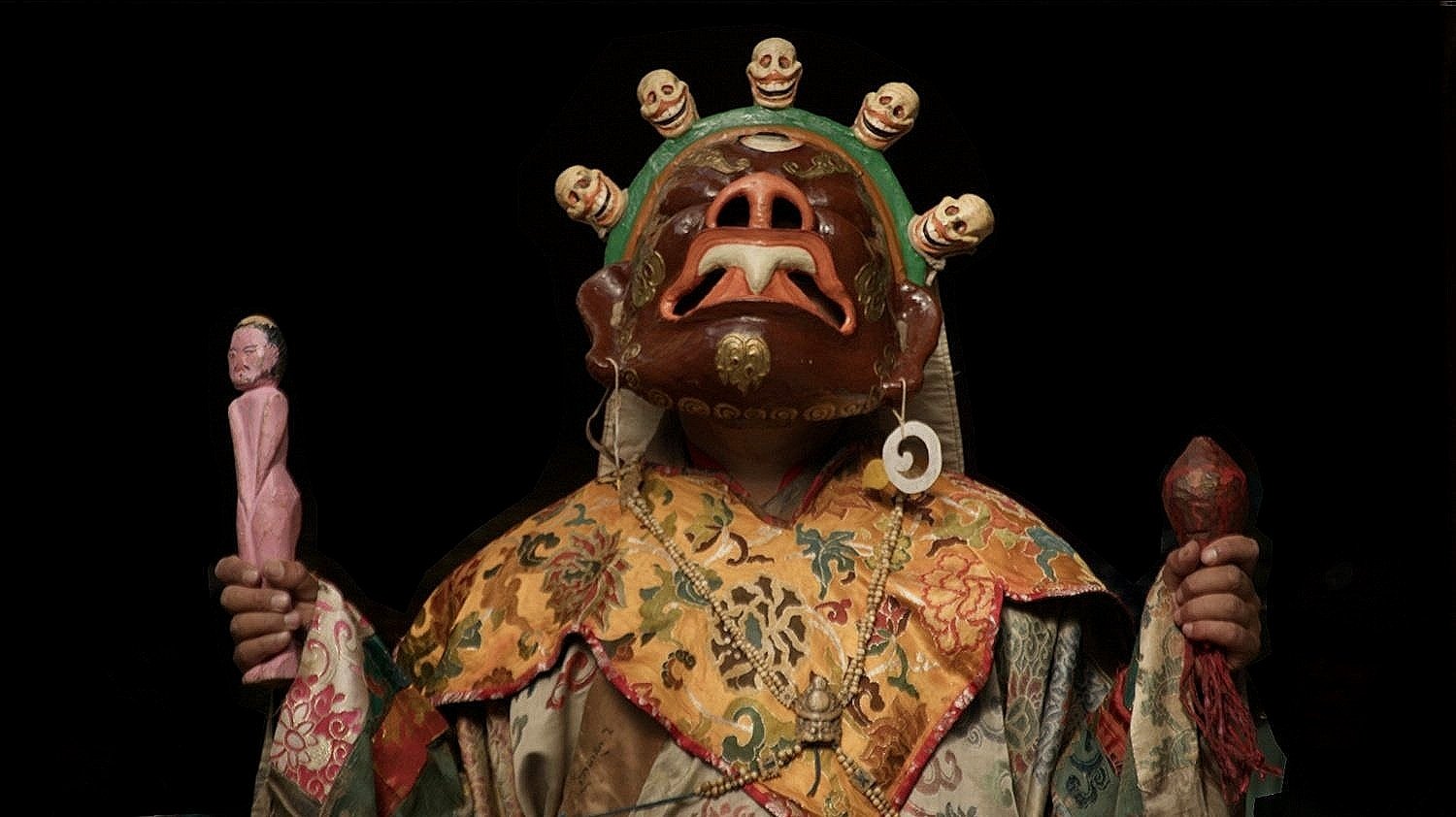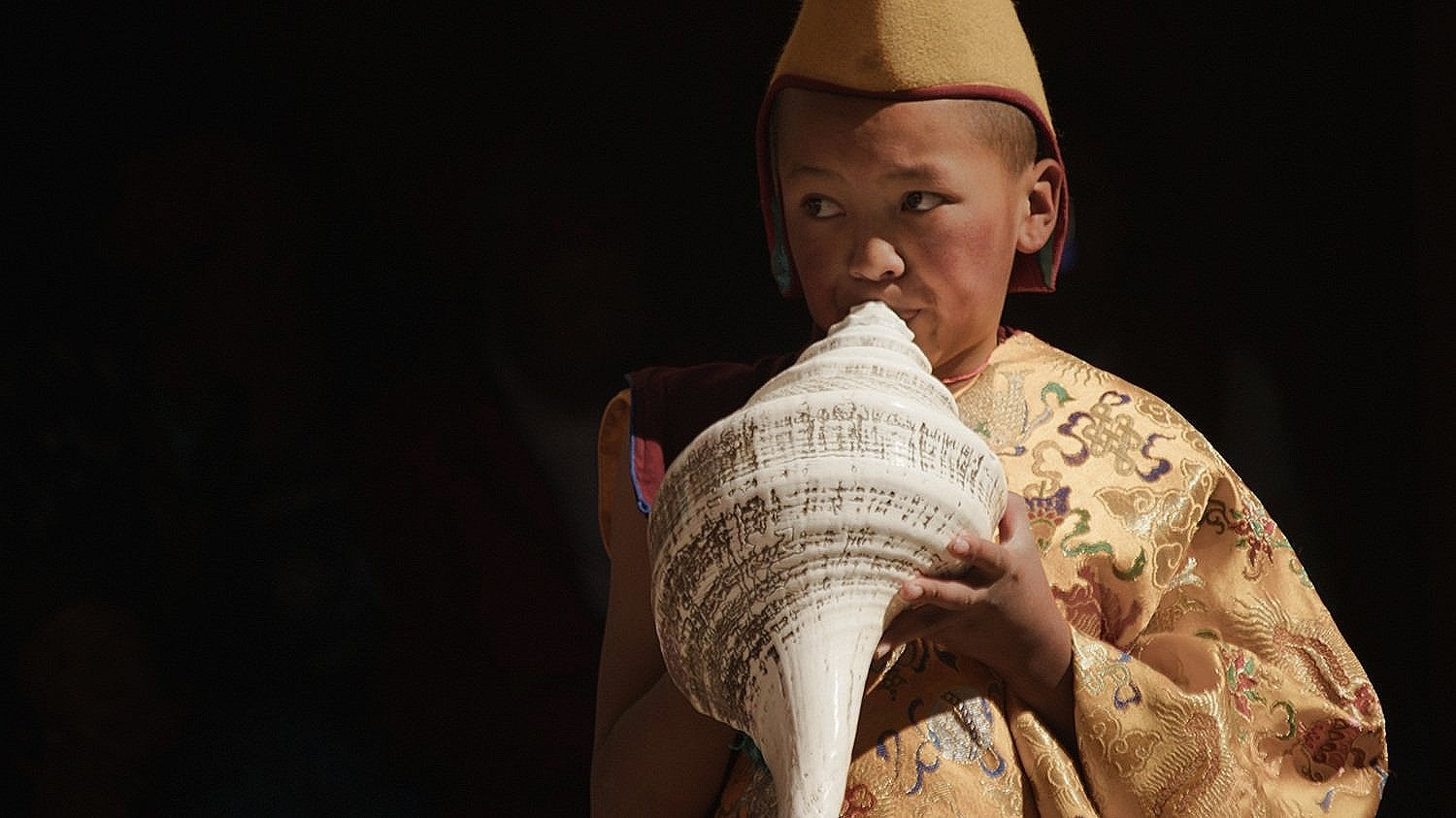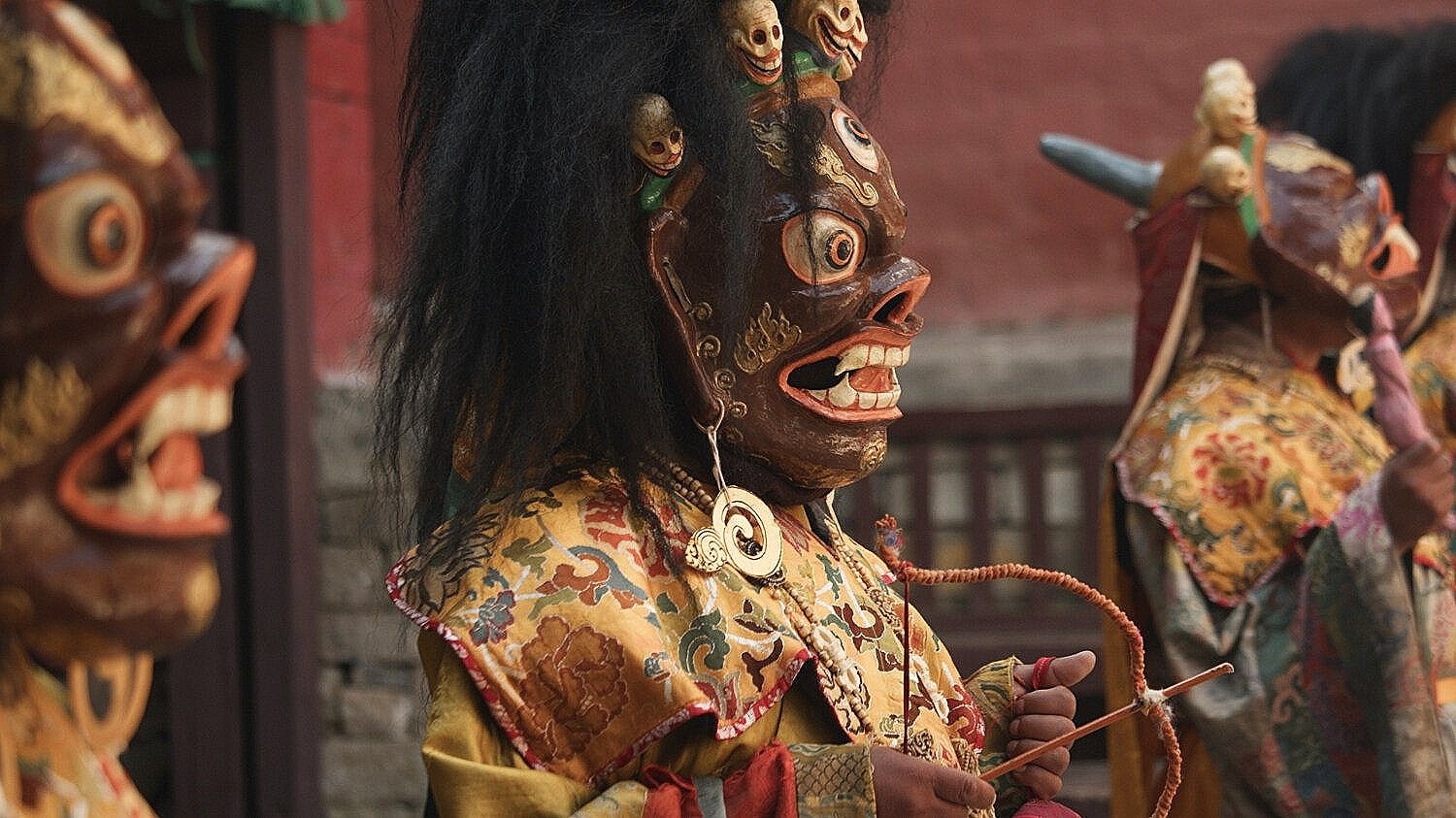Mani Rimdu: Nepal’s Buddhist Festival In the Shadow Of Everest
High up in the Khumbu region of Nepal, where the air is thin and the mountains rise like giants into the sky, lies Tengboche Monastery. Perched at an altitude of nearly 3,900 meters (12,800 feet), this spiritual sanctuary is nestled among the soaring peaks of the Himalayas and rests in the shadow of the mighty Mount Everest. The journey to Tengboche is not an easy one, as trekkers and worshippers alike must navigate steep trails, swinging suspension bridges, and rugged terrain to reach the monastery’s hallowed ground.
The journey to Tengboche Monastery begins several days earlier in Lukla, nearly 15 miles away, with a trek that winds through the stunning views of the Himalayas. Reaching the monastery is a moment of reward accompanied by breathtaking views of Mount Everest that greet you upon arrival. The combination of awe-inspiring scenery and the monastery’s spiritual presence creates a feeling that’s hard to put into words, a sense of peace and wonder that few experiences can match.
A feeling that reaches its peak during Mani Rimdu, when Tengboche comes alive with vibrant dances, ancient rituals, and a celebration of the Buddhist faith.
What Is Mani Rimdu?
Mani Rimdu is a 19-day festival celebrated by Tibetan Buddhists in the Everest region. It honors the founding of Buddhism in Tibet by Guru Rinpoche, also known as Padmasambhava, who was a legendary figure believed to have brought Buddhism to the Himalayas in the 8th century. His teachings laid the foundation for the traditions and teachings that are still very much alive today in the monasteries and villages of the region.
But Mani Rimdu is more than a religious observance. It’s a celebration of community, culture, and spirituality. The festival is held mainly at three monasteries: Tengboche, Thame, and Chiwong. The nearly month-long celebration brings together monks, lamas, Sherpa, and travelers for long days filled with prayer, music, ritual, and joy.
A Celebration of Ritual and Performance
At the heart of Mani Rimdu is a series of traditional ceremonies, blending sacred rituals with dramatic performances. The monks, dressed in elaborate costumes and wearing hand painted masks, perform a variety of symbolic dances. These dances tell stories of good versus evil, compassion over ignorance, and the triumph of wisdom.
The performances are accompanied by the deep, echoing sounds of Tibetan horns, cymbals, chanting, and rhythmic drumming. The energy is electric yet deeply spiritual and soothing. Every movement, every sound, is part of a centuries old tradition designed to bless the land, protect the people, and remind everyone of the deeper truths of life through story.
For the Sherpa people and visitors alike, Mani Rimdu is a time to come together, laugh, share food, exchange blessings, and enjoy the rich culture that defines life in the high Himalayas for the Buddhist people.
When Is Mani Rimdu Celebrated?
Mani Rimdu takes place every year in the fall in October or November, depending on the Tibetan lunar calendar. While the celebration takes place over 19 days, the first 16 are only for religious members of the monastery. This is what makes the final three days the most anticipated, as they feature big public ceremonies, masked dances, and communal gatherings. These three days are especially lively, drawing large crowds from nearby villages and adventurous trekkers from around the world. On the first day, known as Wong, the head lama performs an empowerment ceremony, offering blessings to all attendees through sacred chants, prayers, and symbolic items. The second day features the dramatic Cham dances, where monks in elaborate masks and costumes perform ritual dances. These monks are adorned in elaborate attire that includes traditional masks, weapons, and musical instruments that are incorporated into their performances. The stories they tell through these performances touch on Buddhist themes such as good triumphing over evil, bringing Buddhist teachings to life through art.
On the final day, the Fire Puja and Ser-Kyem rituals are held to dispel negative energy, honor protective deities, and bless the land and people, bringing the festival to a powerful and peaceful close.
In the weeks leading up to the main events, the monks spend long hours in meditation and preparation. It’s a time of quiet spiritual focus that builds up to the explosion of color, music, and celebration that defines the final days of the festival.
A Glimpse Into Himalayan Life
Mani Rimdu is an amazing celebration where ancient rituals unfold beneath snow-capped peaks and the spirit of the Himalayas is felt in every drumbeat, prayer, and dance that is performed by the monks and lamas of Tengboche monastery. While the festival is rooted in Tibetan Buddhism, its power goes far beyond religion. Even if you’re not spiritually inclined, Mani Rimdu offers something deeply moving. It offers a once-in-a-lifetime opportunity to celebrate the culture and community that live in one of the most breathtaking places on Earth. Whether you're drawn by curiosity, a respect for tradition, or the sheer beauty of the experience, Mani Rimdu is an unforgettable celebration, one that truly captures the deep cultural spirit of the Himalayas and its people.






